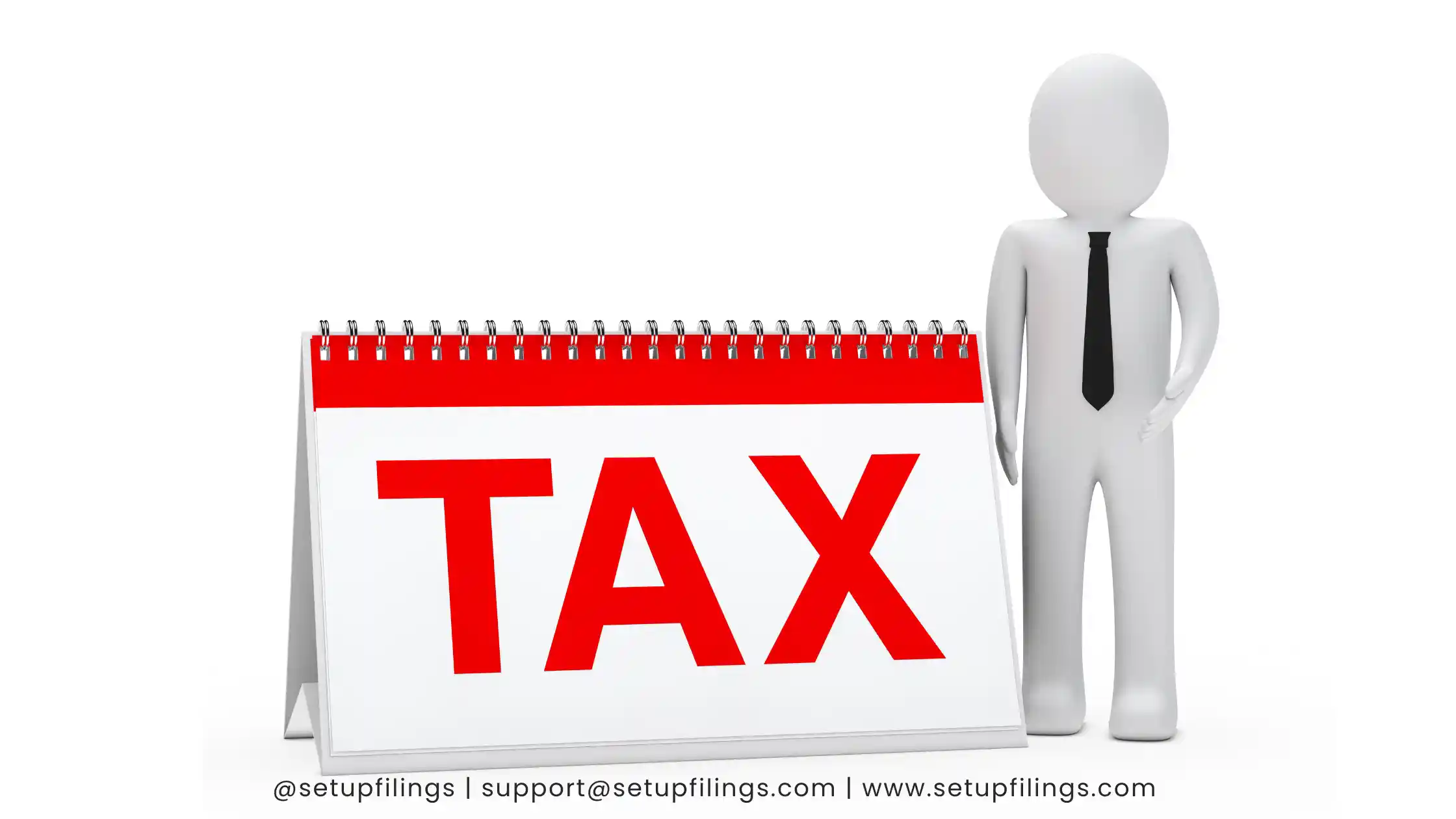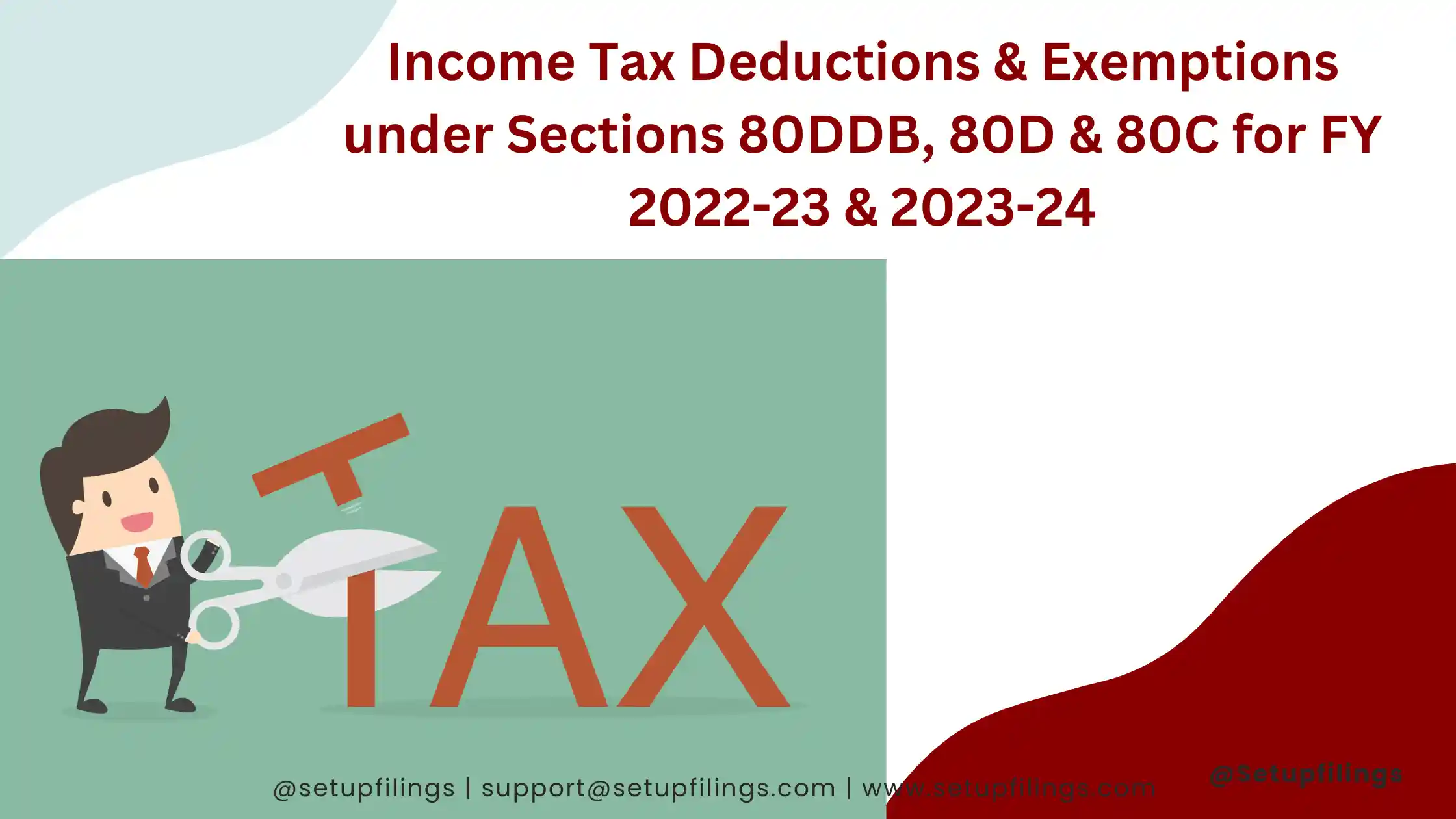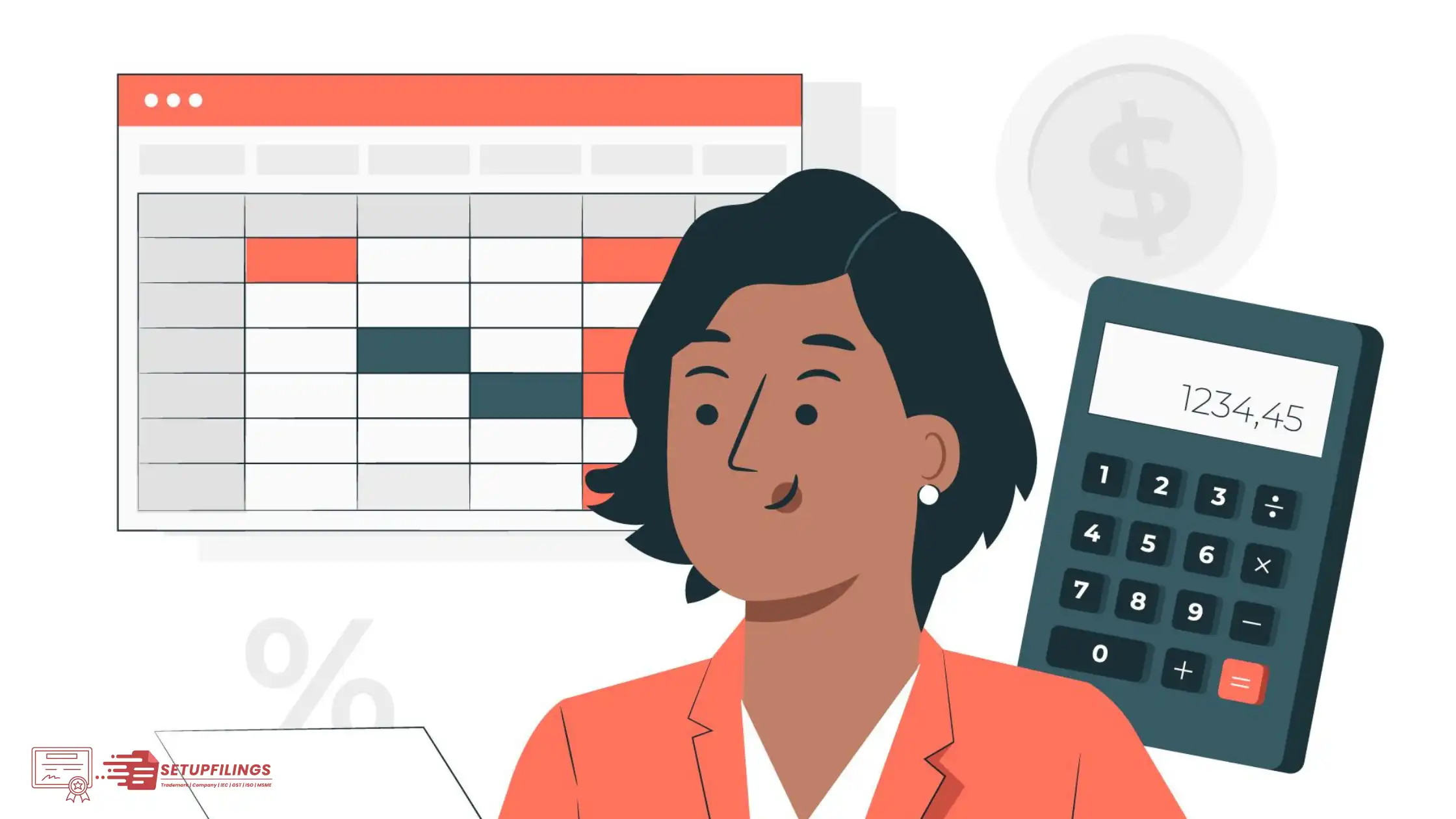
What is Form 16 & 26AS?
According to the Income Tax Act for form 16, every employer is obligated to deduct Tax (or TDS – Tax deducted at source) when paying salaries, which is calculated based on the income tax slab rates in effect for that fiscal year. Companies often compute the employee’s tax liability based on expected earnings and investment declarations made by the employee at the start or throughout the year.
The TDS deducted by the organisation or employer is submitted with the Income Tax department, and Form 16 serves as documentation of this. Employers must provide Form 16 to their workers on or before May 31st of the fiscal year following the fiscal year in which the income was paid and tax deducted.
Form 16 Components
Form 16 is one of the most significant income tax forms for salaried persons. It comprises all of the information connected to the employee’s salary as well as the tax that has been deducted from the salary by the deductor.
Form 16 is divided into two halves, which are as follows:
Part A summarises the tax collected by the organisation or employer from salary revenue on behalf of the employee and placed in the government’s account. It is a certified certification by the employer that the TDS has been taken from the employee’s wage and submitted with the income tax department.
It includes the following information:
- Personal information about both the employer and the employee. Particulars such as the individual’s and employer’s names, addresses, PAN numbers, and TAN numbers. (TAN refers to the number allocated to an account responsible for the deduction and collection of tax). These information assist the IT Department in tracking the movement of money from employee and employer accounts. (It should be noted that an organisation cannot deduct TDS if it does not have the TAN. As a result, in this case, they will not give the Form 16).
- The Academic Year (AY) – As the name implies, this relates to the year in which the income is assessed, or the year in which the taxpayer must work on the tax return processes. For example, the Assessment Year for income received between 1 April 2015 and 31 March 2016 will be 2016-17.
- The time period for which the individual was employed with the employer in the relevant Financial Year
- A summary of the salary paid
- The date of tax deduction from the salary
- The date of tax deposit in the government account
This section is created and downloaded using the Income Tax Department’s Traces site. It also includes information such as the bank’s BSR code, challan numbers, and so on for future reference. The deductor must digitally or physically sign all pages of Part A.
Form 16 Part B
Part B is a consolidated statement that includes information on the employee’s pay, any other income declared to his or her organisation, and the amount of tax paid and tax owed, if any. It represents the information in a thorough and orderly manner, stating the employee’s income as well as the appropriate exemptions and deductions, in the approved format. Even in Part B, employee information such as name and PAN are mentioned.
It includes the following details:
Total Salary Received: The salary structure is further subdivided into components such as House Rent Allowance, Leave Travel Allowance, Leave Encashment, Gratuity, and others.
Exemptions Allowed: As per Section (10) of the Income Tax Act of 1961, allowances provided to workers for conveyance, housing rent (HRA), children’s education and hostel expenses, medical expenses, and so on are also listed in the form.
Gross Income: This is the total of the employee’s pay income and any additional income disclosed by the employee, such as income from a house/property, etc. During the investment evidence submission step, the employee must submit information about additional income with the employer.
Salary Deductions: Section 80 C / 80 CCC / 80 CCD comprises payments paid to instruments or schemes such as Public Provident Fund, Life Insurance plans, tax saving mutual funds, pension, Sukanya Samriddhi, and so on. The highest amount allowed is Rs. 1,50,000.
Other parts allow deductions such as 80D (premium paid towards health insurance or Mediclaim), 80E (interest payment on education loan), 80G (donations), disability deductions, and other appropriate sections. The employee must submit the specifics for all of these deductions to the employer, together with the relevant supporting paperwork.
Net Taxable Salary: To calculate taxable income, total deductions are aggregated under “Chapter IV-A” and subtracted from gross income. This amount is used to determine your tax due.
- Any education cess and surcharges
- Section 87 rebate, if appropriate
- Any relief available under Section 89
- Total amount of income tax owed
- Tax deducted and balance tax due or rebate applicable
Types of Form 16
Other than Form 16, you will receive two forms of Form 16 if you earn money other than salary:
Form 16A: Form 16 is a TDS certificate that shows the TDS deducted by your employer from your wage income. Form 16A, on the other hand, is a TDS certificate that applies to TDS on income other than wages. For example, if your bank deducts TDS on your interest income from Fixed Deposits, TDS on rent receipts, TDS on insurance commissions, or any other income liable for such deduction, you would obtain a Form 16A.
Form 16B: Form 16B is a TDS certificate for TDS deducted on the sale of property and shows that the Buyer’s TDS money has been deposited with the Income Tax Department. When purchasing immovable property, the buyer must subtract 1% TDS on Property from the amount he must pay the seller. The buyer is then obliged to file the TDS with the Income Tax Department and give Form 16B to the property’s seller. Form 16B provides documentation that the TDS deducted on the property’s sale been submitted with the government.
What are the Form 16 Eligibility Criteria?
According to the laws established by the Indian Government’s Finance Ministry, any salaried individual who falls within the taxable category is entitled for Form 16.
If an employee does not fit under the tax categories established, Tax Deducted at Source (TDS) is not required. As a result, in these instances, the firm is not required to provide the Form 16 to the employee. However, as a good work practise, many organisations, even in these instances, now offer this certificate to the employee because it contains a consolidated picture of the individual’s earnings and has various added purposes.
Form 16 Download Instructions
Only your employer may download and issue Form 16. Individuals are not permitted to download their Form 16.
- It is a prevalent misperception that an individual may obtain Form 16 using their PAN number from the TRACES website. All salaried employees are entitled to receive a Form 16 from their employers.
- If your employer deducts TDS from your salary, he must submit Form 16, which is a TDS certificate indicating that TDS has been deposited with the government.
- Additionally, the employer should provide Form 16 before the fiscal year’s due date of May 31.
What is the Importance of Form 16 for Salaried People?
Form 16 is critical for a salaried individual in terms of income tax. The information on this Form is essential for the filing of Income Tax Returns.
With this certificate, taxpayers in India may simply complete their own income tax returns without the assistance of Chartered Accountants or financial consultants. This is more relevant for individuals whose main source of income is the wage they get from their employer.
Form 16 can be used to compare amounts with Form 26AS to ensure that accurate taxes are put in the government account.
It is also regarded as an important document for tax compliance in addition to being an evidence of TDS. It is the sole document that an employee must provide to establish that he or she has paid taxes, and it may be used as proof during any income tax audit. Banks, other lenders, and financial organisations regard it as genuine evidence of income as well. Many financial institutions request this document as part of the loan application verification procedure.
As part of the onboarding process, many organisations demand the prior employer’s income tax Form 16 (from the same fiscal year) to be supplied. This assists them in ensuring that they compute the tax payable appropriately, as income tax slabs alter depending on an individual’s total earnings in that year.
Also, if one is preparing to travel overseas, many visa checklists, such as the one for the Schengen visa, need Form 16 to be provided as one of the papers.
Multiple Employers in a Fiscal Year
People who have changed employment and so worked with many employers in a given fiscal year will obtain unique Form 16s from each company.
What Should a Receiver Check in Form 16 Look Like?
When an employee gets the Form 16, it is his or her obligation to ensure that all of the information on the form is correct. Aside from checking personal information and the amount of income and TDS deducted, the most significant thing to validate in Form 16 is the PAN number. If it is mentioned incorrectly, contact the organization’s HR/Payroll/Finance Department immediately to get it fixed. The employee’s employer will provide a corrected and updated Form 16. Aside from that, the employer would need to make a correction from their end by filing a corrected tax return in order to credit the TDS.
Employer’s Responsibilities Regarding Form 16
The employer or deductor must ensure that all of the information on Form 16 is correct, including salary, deductions, PAN, TAN, and so on, and that each page is signed by a competent and accountable corporate representative. Furthermore, the certificate should be provided to the employee on or before May 31st, so that individuals may submit their tax returns on time.
Previous Years’ Form 16
If a person misplaces their or her previous TDS Form 16, they can contact the involved employer, who would provide them with a duplicate copy of the same.
Is Form 16 and Form 16A the same thing?
While many individuals mistakenly believe that both of these versions are the same and use the names interchangeably, they are not. In layman’s terms, Form 16A is the TDS Certificate for non-salary income.
People who provide services to an organisation as consultants rather than employees and earn contractual/professional and other fees for their services are entitled to get Form 16A. There are several more situations where TDS may be relevant, such as the tax on interest generated on Fixed Deposits, for example. In this case, the bank is the entity/organization that deducts the tax at the source. As a result, for each fiscal year, they must provide the client with a TDS certificate known as Form 16A.
Form 16A is also provided for insurance commission tax deductions. This certificate contains personal information about the deductor and deductee, such as name, address, PAN/TAN data, and TDS deducted and deposited. Also given is the revenue from which TDS is deducted.
Is There a Connection? Between Forms 16 and 26AS
Form 26AS will aggregate any tax deducted from your salary and/or non-salary income and deposit it with the appropriate authorities. This form will also include information about any tax refunds received throughout the fiscal year. As a result, tax deductions reported on Form 16 / Form 16 A can be cross-checked and validated with Form 26AS. Ideally, the TDS amounts shown on Form 26AS and Form 16/16A should always be the same. If there are any anomalies, the Income Tax Department solely analyses the TDS values from Form 26AS.
Form 16 and Tax Return
Form 16 is one of the most important documents to have on hand before or during the filing of an income tax return on or before July 31st of each year.
It is a beginner error to presume that if there is no balance tax payable listed in Form 16, the individual can simply copy the Form 16 information into the tax return form. This is not always the case. The tax collected at source by the organisation or employer is based on the tax slabs applicable to total earnings as known and stated by the employer.
If you earned any income during the year that you did not share with your employer (such as bank interest), it will not be reported on Form 16, but it should be included in your tax return. Furthermore, the TDS deducted by another deductor, such as a bank, may not be adequate since they deduct tax on a fixed percentage, such as 10%, but a higher slab rate may be applicable when all income sources are aggregated and therefore there is a tax required in your return. As a result, in addition to the deductions stated on Forms 16 and/or 16A, there may be a tax due when submitting the return.
Is the absence of Form 16 synonymous with the absence of a tax return?
The employer is responsible for deducting tax from salary and submitting a TDS certificate, and failure to do so would result in a pecuniary penalty of Rs. 100 per day of default, according to Section 272A(2)(g) of the I-T Act.
If, despite several requests, an organisation or employer refuses to issue the certificate, it is possible that the tax deducted has not been paid with the appropriate government authorities. Employees are encouraged to notify the relevant Assessing Officer, who will then take the appropriate corrective measures and commence the penalty procedures against the employer.
However, it is the individual’s responsibility to pay income taxes and file returns. As a result, if a person does not get Form 16 from his or her employer for any reason, he or she is not excluded from submitting tax returns on those grounds. Alternate papers can be utilised to work on your Income Tax Return filing, such as Form 26AS, which can be accessed from the Income Tax / Bank website, TDS Certificates from the bank, tax saving investment evidence, rent receipts, and your wage slips.
Keeping Form 16
Although Form 16 is not needed to be included as a supporting document when filing income tax returns, it must be kept for at least six years after the end of the relevant assessment year. As a result, be certain that the Form 16 is not thrown out in the midst of the holiday cleaning frenzy.
FAQs
- How can I obtain Form 16? Is it possible for me to download my Form 16 myself?
Answer: Only your employer may download and issue Form 16. Form 16 cannot be downloaded by a person on their own. Employers are required to provide Form 16 to all salaried employees.
- Is it possible to produce Form 16 without a PAN?
Answer: Form 16A can only be generated with a valid PAN. Form 16A will not be created if a PAN is not reported in the TDS statement or if the PAN is invalid.
- Who issues Form 16 to retirees?
Answer: Form 16 is issued by the bank through which a retiree receives their pension. Their prior employers are not obligated to give their Form.
Visited 100 Times, 1 Visit today


